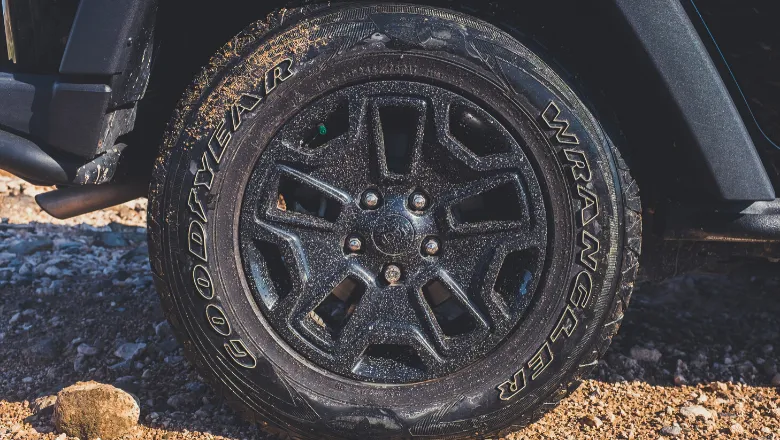Scientists have suspected tyre wear to be a key source of particulate marine pollution and it's a privilege to be part of a study which has filled some of the gaps in the empirical evidence. The findings highlight the importance of the atmosphere in microplastic transport and distribution in the environment. It's now important to determine where they are coming from, how small they are getting and what impact they are having on both the environment and human health.'
Dr Stephanie Wright, the School of Population Health and Environmental Sciences
27 May 2020
Substantial quantities of tyre particles contaminates our rivers and ocean, study finds
Particles released from vehicle tyres could be a significant and previously largely unrecorded source of microplastics in the marine environment, a study published today has found.

The study is one of the first worldwide to identify tyre particles as a major and additional source of microplastics. Scientists have previously discovered microplastics, originating from microbeads in cosmetics and the degradation of larger items such as carrier bags and plastic bottles, in marine environments globally - from the deep seas to the Arctic.
Following the government’s ban on rinse off microbeads, which is one of the toughest in the world, the Defra-funded study now reveals vital new information that will improve our scientific understanding of how tiny particles from tyres, synthetic fibres from clothing and maritime gear also enter the ocean.
The study was led by the University of Plymouth in collaboration with Dr Stephanie Wright from the School of Population Health and Environmental Sciences at King’s, Newcastle University, Eunomia Research & Consulting Ltd and directed by Professor Richard Thompson OBE, Head of the International Marine Litter Research Unit.
This project will be used to guide future research already underway on marine plastic pollution and the impact of human activities on the marine environment, as the Government continues in its fight against the scourge of plastics. This includes the 5p plastic bag charge - which has led to 15 billion fewer bags distributed – and plans to end the sale of plastic straws and stirrers and plastic-stemmed cotton buds later this year.
The study shows the tyre particles can be transported directly to the ocean through the atmosphere, or carried by rainwater into rivers and sewers, where they can pass through the water treatment process. Researchers estimate this could place around 100million m² of the UK’s river network – and more than 50million m² of estuarine and coastal waters – at risk of contamination by tyre particles.
Its findings also highlight some of the optimal places for intervention, for example, that fitting filters to washing machines could be less effective than changing fabric designs to reduce fibre loss, with another study at the University having recently shown that normal wear and tear when wearing clothes is just as significant a source of microplastic pollution as release from laundering.
